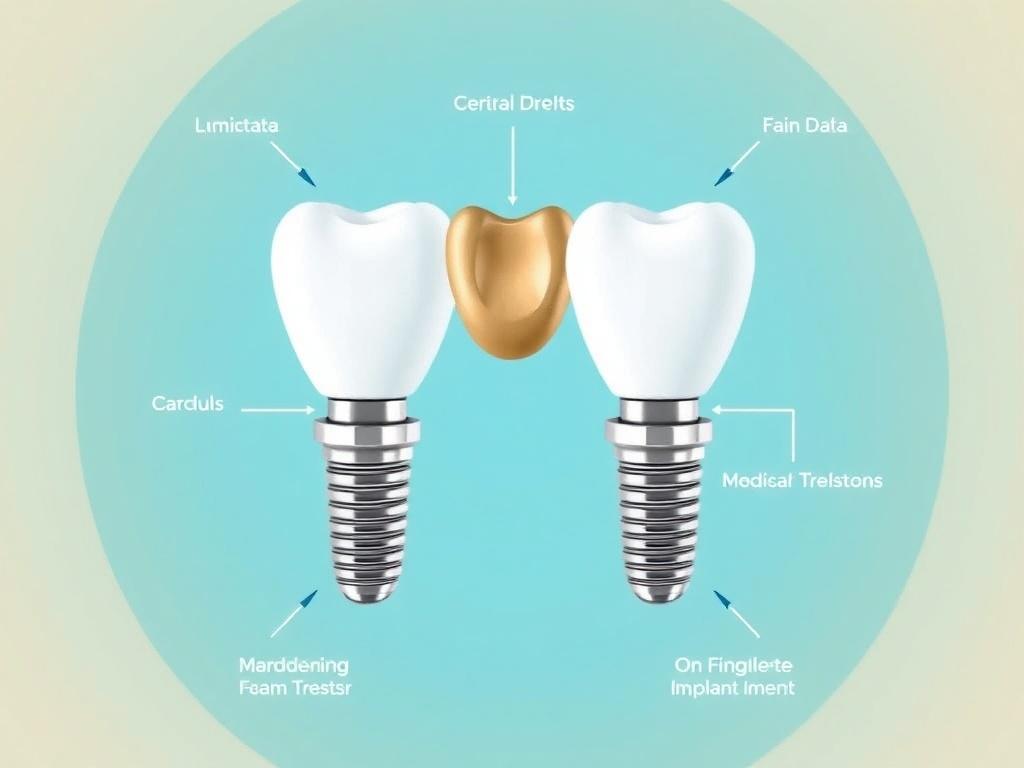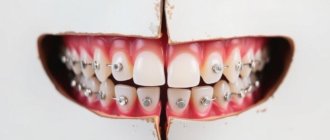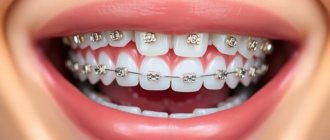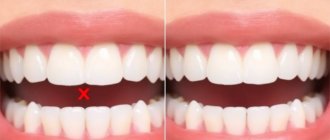If you’ve ever faced the challenge of losing multiple teeth, you know how daunting it can be. Traditional dentures can feel uncomfortable and unstable, while individual implants might mean a long, costly, and complicated process. That’s where the All-on-4 implant procedure comes in—offering a revolutionary solution to restore your smile efficiently, comfortably, and with lasting results. In this article, we’ll dive deep into the All-on-4 implant procedure, explaining what it is, how it works, who it’s for, and what you can expect before, during, and after the treatment.
Содержание
- 1 What Is the All-on-4 Implant Procedure?
- 2 Who Is a Good Candidate for the All-on-4 Implant Procedure?
- 3 The Step-by-Step All-on-4 Implant Procedure
- 4 Benefits of the All-on-4 Implant Procedure
- 5 Potential Risks and Considerations
- 6 Cost Factors of the All-on-4 Implant Procedure
- 7 Frequently Asked Questions about the All-on-4 Implant Procedure
- 8 Innovations and Future Trends in All-on-4 Implants
- 9 Patient Experience: Real Stories About the All-on-4 Implant Procedure
- 10 The Science Behind Osseointegration in All-on-4 Implants
- 11 Final Thoughts and Summary
What Is the All-on-4 Implant Procedure?
The All-on-4 implant procedure is a dental technique designed to replace a full arch of missing teeth using just four strategically placed dental implants. Unlike traditional implant methods, which may require one implant per tooth and possibly multiple surgeries, the All-on-4 system allows patients to regain a complete set of teeth using fewer implants while providing excellent support and stability.
Developed in the late 1990s, the All-on-4 approach has quickly gained popularity due to its efficiency and remarkable success rates. This procedure is especially beneficial for people suffering from significant tooth loss, bone loss, or those who have struggled with dentures for years.
How Does the All-on-4 Implant Procedure Work?
The key to the All-on-4 implant procedure lies in the placement of the implants. Four titanium implants are inserted into the jawbone, but unlike traditional implants placed vertically, the two implants at the back are tilted at a specific angle. This tilt avoids anatomical structures such as the sinus cavities in the upper jaw or the nerve canal in the lower jaw, allowing for maximum bone contact and improved stability.
After implant placement, a full set of fixed prosthetic teeth is attached to the implants, often on the same day. This means patients walk out of the dental office with a brand-new, functional smile without waiting months for healing and osseointegration.
Who Is a Good Candidate for the All-on-4 Implant Procedure?
Many people wonder if the All-on-4 implant procedure is right for them. Generally, this treatment suits patients who have lost most or all their teeth in one or both arches and desire a stable, natural-looking solution. Here are some characteristics of good candidates:
- Significant tooth loss or failing teeth that need extraction
- Insufficient jawbone density for traditional implants without grafting
- Unhappy with dentures due to discomfort or lack of stability
- Healthy enough for minor oral surgery
- Committed to maintaining oral hygiene and follow-up care
One of the significant benefits of the All-on-4 implant procedure is that it typically avoids the need for bone grafting, which many patients fear due to the associated pain and prolonged healing time. Nevertheless, a thorough evaluation by a dental professional is essential before deciding on this treatment.
The Initial Consultation and Evaluation
Before any procedure begins, your dentist or oral surgeon will perform a comprehensive examination. This evaluation usually includes:
- Dental x-rays and 3D scans to assess bone quality and quantity
- Medical history review to identify any contraindications
- Discussion about your aesthetic goals and functional expectations
- Explanation of alternatives and full disclosure of risks and benefits
This step ensures that the All-on-4 implant procedure is tailored to your unique needs and that you fully understand what to expect throughout the process.
The Step-by-Step All-on-4 Implant Procedure
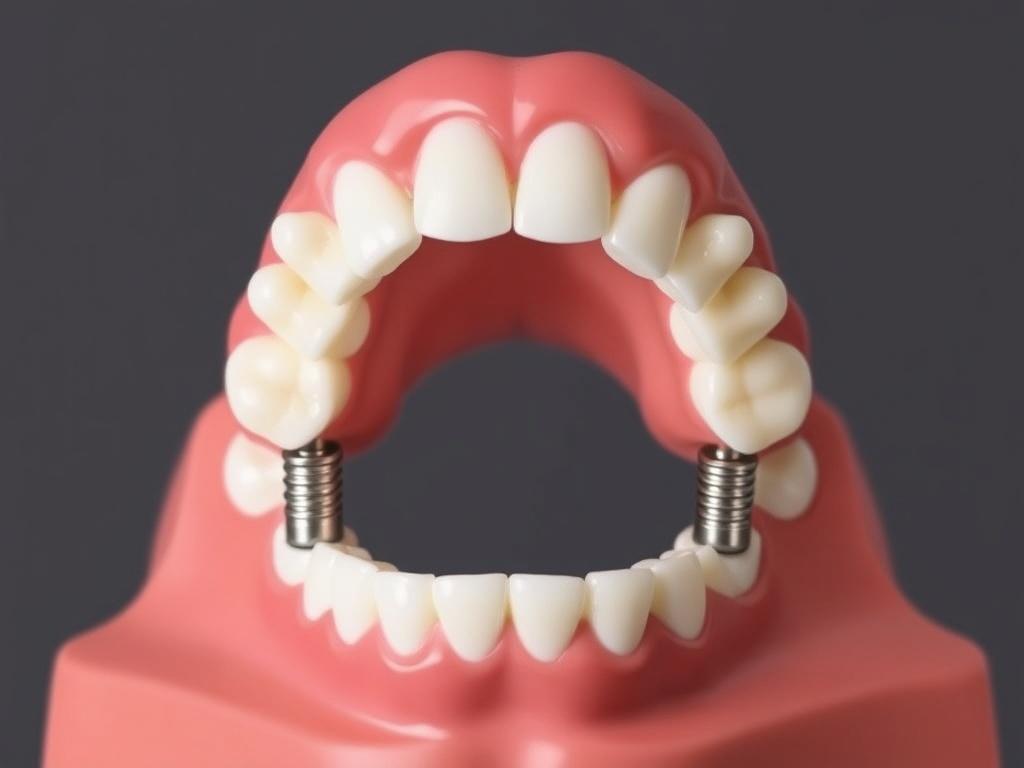
Understanding the process can help alleviate anxiety and prepare you mentally for what’s ahead. Here’s a step-by-step breakdown of the All-on-4 implant procedure:
| Step | Description |
|---|---|
| 1. Treatment Planning | Detailed planning using 3D images to map implant placement and prosthetic design. |
| 2. Tooth Extraction (if needed) | Removal of any remaining unhealthy teeth in the arch. |
| 3. Implant Placement | Four implants inserted into the jawbone; the two posterior implants are tilted. |
| 4. Temporary Prosthesis Attachment | Fixed temporary teeth attached to implants immediately (same day restoration). |
| 5. Healing Period | Several months of healing where implants integrate with the bone. |
| 6. Final Prosthesis Placement | Permanent, custom-designed teeth are attached for a natural look and feel. |
What to Expect During Implant Surgery
The implant placement itself is a minor outpatient surgery typically performed under local anesthesia, sedation, or general anesthesia, depending on patient preference and complexity. The procedure usually takes about 2 to 3 hours, where the surgeon carefully places the implants at precise angles. Because of the tilt of the rear implants, extensive bone grafting is rarely necessary, which significantly reduces surgical time and discomfort.
Once the implants are placed, the surgeon anchors a temporary set of teeth during the same appointment. This temporary prosthesis allows you to enjoy functional teeth for eating and speaking immediately following surgery—something that differentiates the All-on-4 implant procedure from traditional implants where waiting months for healing is needed.
Benefits of the All-on-4 Implant Procedure
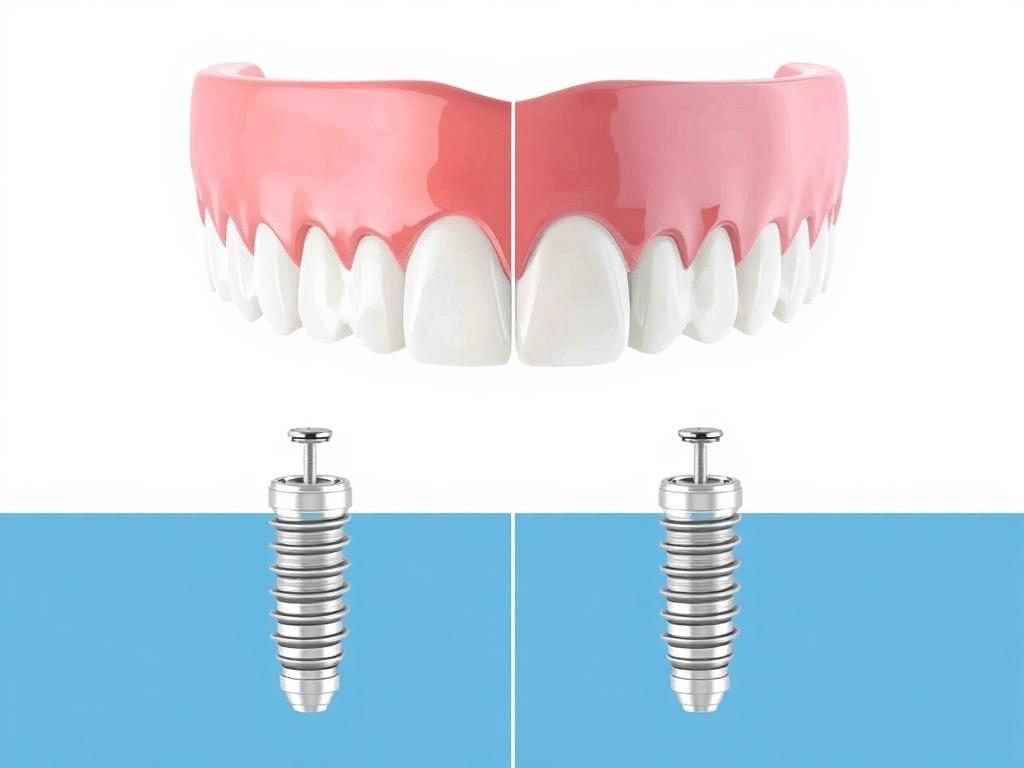
There are many reasons why patients and dental professionals love the All-on-4 implant procedure. Here’s a list of the top advantages:
- Immediate Results: You leave the dental office with a beautiful, fixed set of teeth, avoiding the embarrassing gap or denture adjustments.
- Cost-Effective: Using only four implants reduces material and procedure costs compared to placing individual implants for each tooth.
- Less Invasive: Avoidance of bone grafting reduces trauma, recovery time, and post-operative pain.
- Improved Oral Function: Supports biting and chewing power close to natural teeth, unlike regular dentures.
- Long-Term Durability: Titanium implants fuse with bone, providing lasting stability for years with proper care.
- Restored Confidence: A beautiful smile improves self-esteem and quality of life.
All-on-4 vs. Traditional Dentures and Implants
To give you a clearer perspective, here’s a comparison table between the All-on-4 implant procedure, traditional dentures, and standard implant-supported crowns:
| Aspect | All-on-4 Implants | Traditional Dentures | Standard Implants (one per tooth) |
|---|---|---|---|
| Number of Implants | 4 per arch | 0 | One per missing tooth |
| Bone Grafting Needed | Rarely | None | Often |
| Immediate Teeth | Yes | Yes (removable) | No (sometimes) |
| Stability | Fixed and stable | Removable, less stable | Fixed and stable |
| Cost | Moderate | Lowest | Highest |
| Longevity | Long-lasting | Short-term | Long-lasting |
Potential Risks and Considerations
While the All-on-4 implant procedure has an impressive success rate, it’s essential to be aware of possible risks and complications. Some patients may experience:
- Infection around the implant site
- Implant failure due to insufficient bone integration
- Nerve injury resulting in numbness or tingling
- Complications related to anesthesia
- Temporary swelling, bruising, or discomfort after surgery
Keep in mind that choosing an experienced dental surgeon and following all post-operative care instructions significantly minimizes these risks. Regular follow-ups and maintaining good oral hygiene are crucial to the long-term success of your implants.
Post-Procedure Care and Maintenance
After completing the All-on-4 implant procedure and receiving your permanent teeth, maintaining oral health becomes your main responsibility. Here are essential tips for post-procedure care:
- Brush twice daily with a soft-bristle toothbrush and non-abrasive toothpaste
- Floss around implants carefully to prevent buildup of plaque
- Use antimicrobial mouth rinse as recommended by your dentist
- Attend all scheduled dental check-ups for professional cleaning and implant evaluation
- Avoid smoking and excessive alcohol consumption as they impair healing
- Maintain a balanced diet to promote overall health
By adhering to these guidelines, your All-on-4 implants can serve you well for many years, providing both functional and aesthetic benefits.
Cost Factors of the All-on-4 Implant Procedure
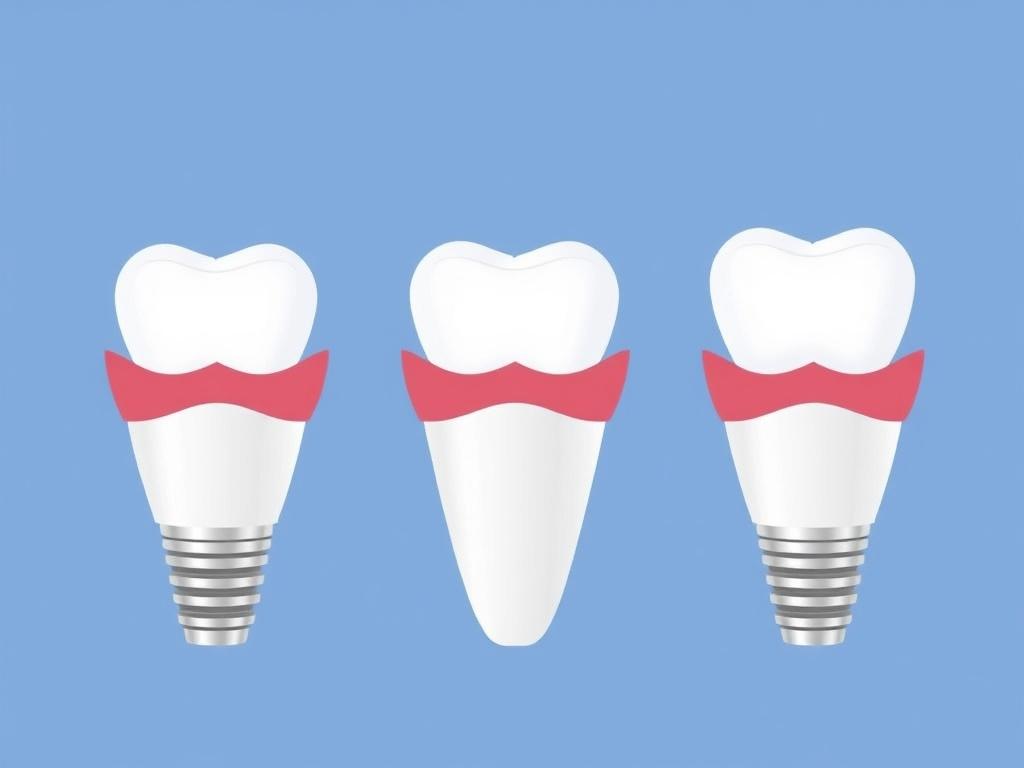
One of the common questions people ask is about the cost. The All-on-4 implant procedure tends to be more affordable than placing implants for every missing tooth, but it is still a significant investment. Here are the main factors influencing the total price:
- Geographic location: Prices vary widely depending on your country and city.
- Dental clinic and surgeon expertise: More experienced specialists may charge higher fees.
- Materials used: High-quality prosthetic teeth and componentscan increase costs.
- Pre-procedure treatments: Tooth extractions or treating infections add to expenses.
- Additional procedures: Sedation, 3D imaging, and follow-up visits
Despite these variables, many patients find the All-on-4 implant procedure a worthwhile investment, considering the improved quality of life and longevity these implants provide compared to dentures or partial replacements.
Frequently Asked Questions about the All-on-4 Implant Procedure
How long does the All-on-4 implant procedure take?
The surgical part typically takes 2 to 3 hours per arch. Including the initial consultation and healing period, the entire process might span several months. Nonetheless, you get temporary teeth fixed on the implant the same day as surgery.
Is the All-on-4 implant procedure painful?
During surgery, local anesthesia or sedation ensures you don’t feel pain. Post-operative discomfort is usually mild and manageable with prescribed pain medications. Swelling and bruising subside within a week or two.
Can anyone get All-on-4 implants?
Most patients with sufficient general health qualify. Your doctor will evaluate your bone structure and overall health to confirm suitability.
How long do All-on-4 implants last?
With proper care, they can last 20 years or more—some patients have implants lasting a lifetime.
Will my speech change after the procedure?
Initially, you might notice slight changes, but as you get used to your new teeth, speech typically returns to normal or improves compared to dentures.
Innovations and Future Trends in All-on-4 Implants
The All-on-4 implant procedure continues to evolve, with new technologies enhancing precision, comfort, and outcomes. Digital planning and computer-guided implant placement improve accuracy, reducing surgery time and ensuring optimal implant positioning.
Material improvements in implant design and prosthetic teeth contribute to longer-lasting, more natural-looking smiles. Moreover, research into bioactive coatings and faster osseointegration techniques promises even quicker healing and better stability.
Emerging trends also include combining All-on-4 implants with revolutionary bone regeneration therapies, allowing even patients with severe bone loss to qualify without the need for invasive grafts.
Patient Experience: Real Stories About the All-on-4 Implant Procedure
Many patients who have undergone the All-on-4 implant procedure report life-changing results. Before treatment, common frustrations include difficulty eating, speaking, and low confidence due to missing teeth or loose dentures. After the procedure, patients often express joy at regaining a full smile and the ability to eat their favorite foods painlessly.
Here are some typical sentiments from All-on-4 patients:
- “I was amazed to leave the clinic with a full set of teeth the same day!”
- “My new teeth look and feel like my natural ones—no more slipping dentures.”
- “The surgery was straightforward, and the recovery was much faster than I expected.”
- “It’s the best investment I’ve made for my health and confidence.”
The Science Behind Osseointegration in All-on-4 Implants
The success of the All-on-4 implant procedure depends heavily on osseointegration—the process where the titanium implants fuse directly with the jawbone. Titanium is biocompatible, meaning it is accepted by your body without rejection. When the implant is inserted, bone cells grow around it, anchoring it firmly, which provides a stable foundation for your new teeth.
Osseointegration takes several months and is critical for the long-term durability of the implants. During this time, the temporary teeth allow you to function while the bone healing progresses underneath.
Final Thoughts and Summary
The All-on-4 implant procedure offers a transformative option for those looking to replace multiple missing teeth with a stable, durable, and natural-looking solution. By using just four implants to support an entire arch of teeth, this method minimizes surgery time, reduces cost, and accelerates healing compared to traditional implant techniques. Most importantly, it allows patients to regain their confidence, functionality, and quality of life. If you are considering dental implants or have struggled with dentures, the All-on-4 implant procedure could be the game-changer you’ve been waiting for. Always consult with a qualified dental implant specialist to fully explore whether this innovative treatment fits your unique dental needs and lifestyle.

